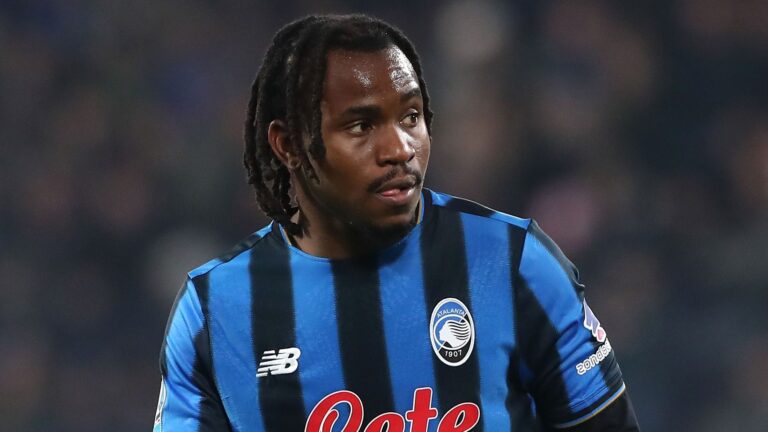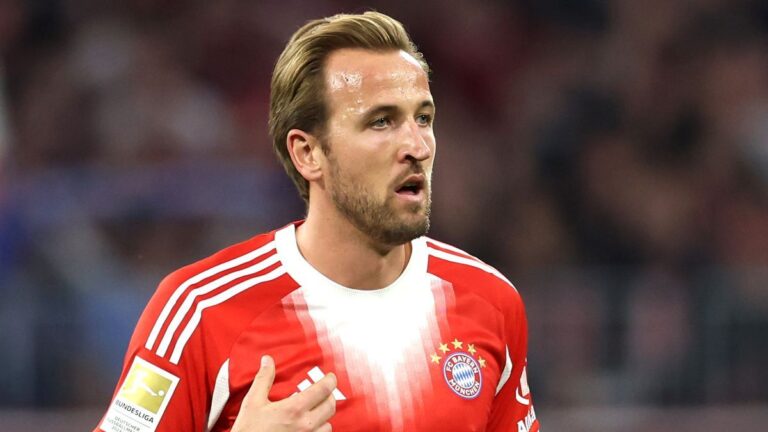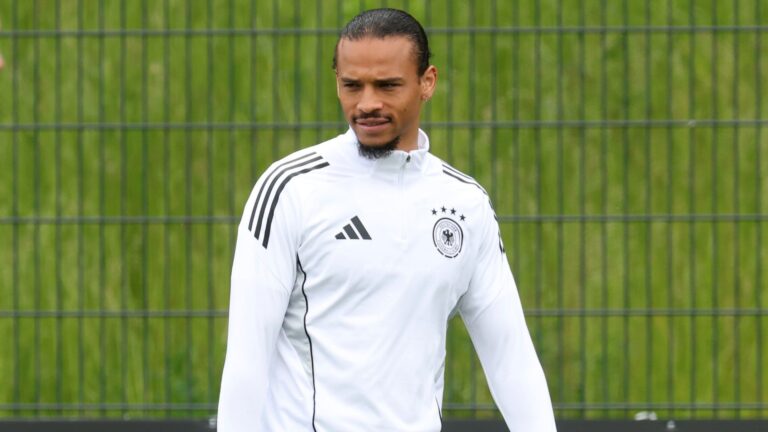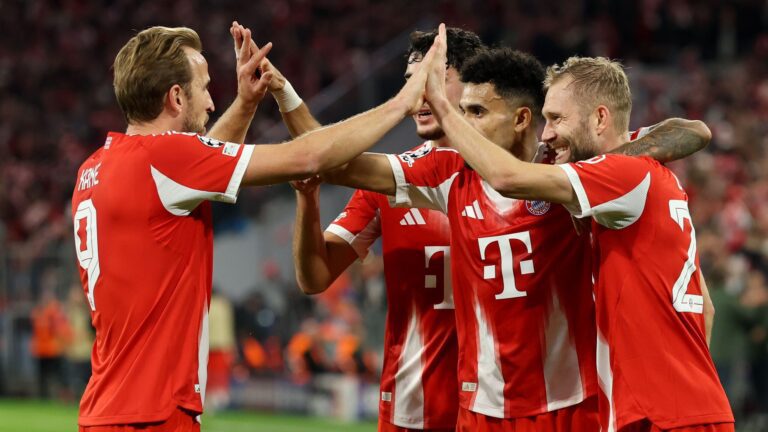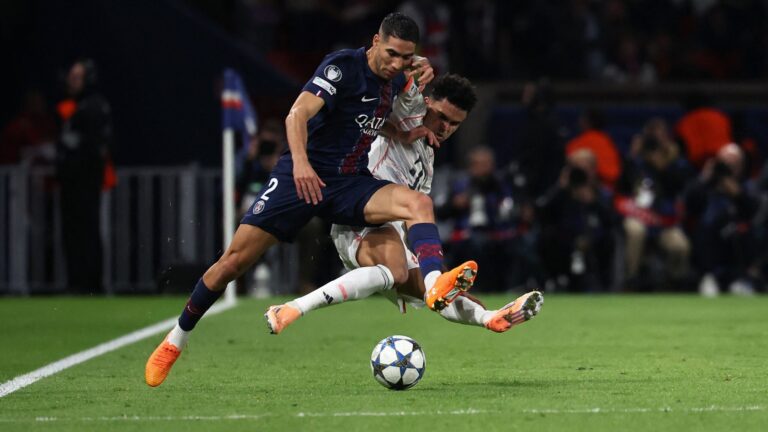Unlock Exciting Opportunities with 2026 FIFA World Cup Ticket Dynamics
Picture the thrill of claiming your place at the globe’s most anticipated football spectacle, where ticket costs shift live to enhance availability for fans worldwide – that’s the fresh twist for the 2026 FIFA World Cup. By implementing dynamic pricing, FIFA aims to balance affordability with fan interest, with entry-level prices beginning at $60 for initial games and adjusting according to factors like popularity and match type. This method offers a more equitable approach, allowing international supporters to join the excitement across North American venues.
- FIFA unveils flexible pricing system for 2026 World Cup entry passes
- Entry points at $60 for preliminary stages, peaking at $6,730 for the championship match
- Ticket values fluctuate in response to specific games and audience excitement


Transformative Dynamic Pricing Model for 2026 FIFA World Cup Tickets
FIFA’s latest initiative demonstrates how fluid pricing is reshaping entry to the 2026 World Cup, starting with base fees of $60 for the early fixtures. In contrast to rigid pricing frameworks, this dynamic pricing setup modifies costs based on live elements like viewer engagement and event significance, known internally as “variable pricing.” Emerging reports indicate potential price variations after the ticket draw on September 10, mirroring trends from comparable gatherings that experienced fluctuations up to 20% driven by digital buzz.
Perspectives from FIFA’s Key Figures on the Event
Heimo Schirgi, FIFA World Cup 2026’s Chief Operating Officer, expressed keen excitement for the ticket launch, noting, “With just 10 months remaining until the FIFA World Cup 26 kicks off, we’re eager to begin the first ticket round for this historic occasion.” He highlighted the goal of attracting millions to North America in June, illustrating how this framework promotes a broader, more welcoming international gathering than previous editions.
Details on Ticket Types and Stock Availability
For the 2026 tournament, entry passes are categorized into four levels according to seating areas, where the highest level features elite ground-floor positions, and the others span intermediate and elevated stadium spots. FIFA has yet to specify allocations for the entry-level category, though observers point out potential shortages. Additionally, values may change immediately from the draw’s onset, increasing or decreasing with purchase rates – a strategy inspired by the 2025 Club World Cup, where prices were cut by 30% following lower-than-expected participation to align with audience involvement.
Shifts in Pricing for the 2026 World Cup Finale
Ticket costs for the final have escalated notably since the 2022 Qatar tournament, which listed top seats at $1,605. In 2026, these prime locations start at $6,730, reflecting a significant jump due to rising inflation and increased worldwide appeal – with parallel data showing a 15% yearly rise in football-related product sales. To clarify, this price applies to regular admissions, excluding specialized VIP packages, which are on offer and vary from $3,500 to $73,200 per person for the full event schedule.
Comprehensive Walkthrough of the 2026 FIFA World Cup Ticket Acquisition
Fans can first try their luck starting with a randomized selection on September 10, concluding nine days later, and providing winners up to a month to finalize their buys. The competition begins on June 11, 2026, featuring games throughout Canada, Mexico, and the United States, wrapping up on July 19.
Next Rounds of Ticket Offerings for Enthusiasts
The following stage, called the Early Ticket Draw, will accept sign-ups between October 27 and 31, with buying periods lasting through mid-November to early December, all while using a fair, chance-based system.
Later Stages and What Follows
During the third round, the Random Selection Draw, submissions open shortly after the official World Cup grouping reveal, enabling attendees to pick particular matches once lineups are known. As the date approaches, unsold tickets will go on sale first-come, first-served, possibly using ongoing data from prior phases to tweak prices dynamically and address spikes in interest from growing regions.
Strategies for Seizing Spontaneous Openings
Attendees need to remain vigilant for these end-phase sales, as data from parallel international events shows that impromptu tickets often vanish within an hour, stressing the importance of prompt responses in this energetic setup.
Exploring Flexible Pricing in 2026 FIFA World Cup Tickets
Flexible pricing has emerged as a pivotal innovation in sports ticketing, and FIFA is adopting it for the 2026 World Cup to align sales with current demand more effectively. This technique alters prices instantly based on aspects such as event appeal, available spots, and international attention, meaning 2026 FIFA World Cup ticket prices might vary widely, from a low of $60 for opening rounds to as much as $6,730 for the ultimate game, across hosts in the United States, Canada, and Mexico.
While not completely novel – it’s akin to pricing strategies in air travel or live performances – this marks its debut in a flagship event like the World Cup. Supporters could encounter reduced rates for lower-profile matches or elevated fees for critical ones, providing options for cost-conscious viewers while incentivizing timely purchases or higher investments.
Detailed Overview of 2026 FIFA World Cup Entry Fees
For 2026 FIFA World Cup tickets, the fee structure is crafted to suit various financial plans and levels of engagement. Let’s break it down:
- Preliminary Stage Tickets: Beginning around $60, these prove the most approachable choices. For example, a basic spot in a milder preliminary game could remain below $200, ideal for everyday fans looking to participate without overspending. This beginner-friendly pricing suits groups or those new to the World Cup experience.
- Elimination Stage Tickets: As intensity builds, fees rise accordingly. Quarterfinal entries might fall between $300 and $1,000, influenced by the competing teams and location. These intermediate costs capture the mounting enthusiasm for World Cup elimination contests.
- Final and Semifinal Tickets: At the event’s peak, semifinal fees could hit $2,500, with the final reaching $6,730 for elite seats. This premium pricing for the World Cup finale targets avid followers or lavish spenders, yet dynamic pricing adjustments could reduce them if interest wanes.
FIFA’s system employs algorithms to track purchasing patterns, promoting equity and revenue optimization for World Cup tickets. Bear in mind, these are approximate figures, and real costs may differ by venue – for instance, higher in vibrant hubs like New York or Los Angeles.
Advantages of Flexible Pricing for Attendees and FIFA
A key benefit of this adaptive pricing for the 2026 World Cup is its ability to combine openness with thrill. For participants, it creates more chances to secure budget-friendly World Cup tickets during quieter periods, which could ease entry for diverse communities. For FIFA, it boosts earnings that can be reinvested into the tournament, from venue enhancements to local initiatives.
Furthermore, it promotes proactive booking; tracking trends for preliminary tickets might cut expenses, whereas top-tier games like the finale provide exclusive experiences for those with the means. This method has succeeded elsewhere, such as the UEFA Champions League, where adaptable pricing increased participation by up to 15% in select instances.
Helpful Advice for Securing 2026 FIFA World Cup Tickets
Maneuvering through flexible pricing for World Cup tickets can seem challenging, but smart tactics can lead to excellent deals. Here’s some practical guidance:
- Track Prices from the Start: Register for updates on FIFA’s official ticket site. Fees for preliminary tickets may decrease with low demand, so frequent checks could land you a $60 steal.
- Leverage Comparison Apps: Tools that monitor dynamic pricing for athletic events assist in perfect timing. For instance, purchase when rates drop due to influences like weather predictions impacting crowds.
- Plan Your Spending: Establish limits according to your goals – choose economical preliminary tickets if you’re a newcomer, or invest in elimination stages for excitement. Note that extra charges for premium final seating might approach $6,730.
- Explore Package Deals: FIFA could provide bundles for several games, possibly cutting overall costs through combined offers for dynamic World Cup tickets.
Stick to authorized sellers to dodge fraud, and anticipate rapid sell-outs for popular matches.
Lessons from Past Tournaments
Examining previous competitions offers useful lessons on how flexible pricing might unfold for the 2026 World Cup. In the 2022 Qatar event, for example, prices shifted with immediate demand, with some preliminary matches available for around $50 equivalent and finals over $1,000, resulting in a 20% sales uplift versus fixed models.
Likewise, the 2018 Russia World Cup utilized real-time adjustments, leading to greater crowds for overlooked games. A FIFA analysis noted that these changes helped pack arenas in secondary host cities, enhancing regional economies and viewer interaction. For 2026, this might translate to more accessible options for fans in Canada or Mexico, fostering a genuinely worldwide affair.
Personal Stories from Past Participants
Based on accounts from attendees posted online, flexible pricing yields varied outcomes. Consider Emily, a football lover from the U.S. at the 2022 World Cup, who snagged preliminary tickets for about $70 via a sudden price reduction, describing it as a “total breakthrough” for economical trips. Conversely, Michael, a passionate supporter, spent over $2,000 on a semifinal ticket amid high demand but deemed it worthwhile for the vibrant vibe.
These narratives highlight how dynamic pricing for 2026 FIFA World Cup tickets can forge lasting memories while emphasizing the value of timing and adaptability. As shared by one participant, “It’s similar to making a key play – wait for the perfect instant, and you could land a bargain that fulfills your tournament aspirations.”
Understanding FIFA’s Dynamic Pricing Strategy for 2026 World Cup Tickets
What is Dynamic Pricing and How Does it Work?
Dynamic pricing has become a game-changer in the world of sports ticketing, and FIFA is rolling it out big time for the 2026 World Cup. Essentially, this strategy adjusts ticket prices in real-time based on factors like demand, seat location, and even how close we are to the match day. For the 2026 tournament, which will be hosted across the United States, Canada, and Mexico, FIFA aims to make tickets more accessible while maximizing revenue for the event.
Imagine you’re planning your trip to catch a group stage match – prices could start as low as $60, making it easier for fans on a budget to join the excitement. On the flip side, if you’re eyeing the final, you might need to shell out up to $6,730 for premium seats. This FIFA dynamic pricing strategy ensures that prices fluctuate to reflect popularity, so a highly anticipated game between top teams could see costs rise quickly, while less competitive matches stay affordable. It’s all about creating a fair system that caters to die-hard fans and casual viewers alike, helping boost overall attendance for the 2026 World Cup tickets.
Breakdown of 2026 World Cup Ticket Prices
Let’s dive into the specifics of what you can expect when browsing for 2026 World Cup tickets under this dynamic pricing model. FIFA has categorized tickets based on the stage of the tournament, giving you a clear picture of the costs involved.
- Group Stage Tickets: Starting at just $60, these are designed to be the most affordable option. You’ll find variations depending on the venue and teams playing, with prices potentially going up to $300 for better seats. This makes it a great entry point for first-time attendees or families looking to experience the electric atmosphere without breaking the bank. Keep in mind, dynamic pricing means if a popular team like Brazil or Argentina is involved, that $60 base could climb higher as demand surges.
- Knockout Stage and Quarterfinals: Prices ramp up here, typically ranging from $200 to $1,500. FIFA’s strategy factors in the intensity of these matches, so expect higher costs for games in prime locations like major U.S. stadiums.
- Semifinals: At this level, tickets could set you back between $1,000 and $4,000, depending on availability and real-time demand. It’s all about that nail-biting drama, and dynamic pricing helps ensure only truly dedicated fans snag the spots.
- The Grand Final: Topping out at $6,730, these tickets represent the pinnacle of the event. Prices might adjust based on which teams make it, but you’re looking at premium experiences with the best views, making it a once-in-a-lifetime splurge for 2026 World Cup enthusiasts.
This pricing structure not only reflects the event’s scale but also incorporates elements like inflation and global fan interest, ensuring FIFA can fund future developments in soccer worldwide.
Factors Influencing Dynamic Pricing for 2026 World Cup Tickets
Several key elements drive how prices fluctuate under FIFA’s new system, and understanding them can help you plan smarter. For starters, demand plays a huge role – if tickets for a particular match are selling out fast, expect prices to increase rapidly. Other factors include:
- Location and Venue: Matches in high-profile cities like New York or Los Angeles might cost more due to added perks like easier access and event buzz.
- Time of Purchase: Buying early could lock in lower rates, while waiting until closer to the game might trigger price hikes based on real-time data.
- Seat Category: FIFA categorizes seats into tiers, from general admission to VIP, which directly impacts the dynamic pricing. For instance, a $60 group stage ticket might be for basic seating, while front-row spots could jump significantly.
Additionally, external influences like economic conditions or even weather forecasts could tweak prices, making this strategy more adaptive than traditional fixed pricing.
Benefits and Potential Drawbacks of FIFA’s Dynamic Pricing
There’s no denying that dynamic pricing brings some exciting perks for 2026 World Cup ticket buyers. On the positive side, it can make events more inclusive by offering lower starting prices, potentially attracting a broader audience to the world of international soccer. Plus, it allows FIFA to generate more funds for grassroots programs and stadium improvements.
However, it’s not all smooth sailing. Some fans might find the variability frustrating, as prices could soar unexpectedly, making it harder to budget for that dream trip. To counter this, FIFA has implemented transparency measures, like real-time price tracking tools on their official site, so you can monitor changes and make informed decisions.
Tips for Securing the Best 2026 World Cup Tickets
If you’re gearing up to grab tickets, here are some practical tips to navigate FIFA’s dynamic pricing strategy effectively:
- Sign Up for Alerts: Stay ahead by subscribing to FIFA’s official notifications for 2026 World Cup tickets, so you get early access before prices escalate.
- Budget Wisely: Factor in the full range of costs, from $60 for group stage to $6,730 for the final, and consider bundling with travel packages for better deals.
- Use Comparison Tools: Check authorized resellers and apps that track dynamic pricing trends to snag bargains.
- Buy in Phases: Start with cheaper group stage tickets if you’re new to the event, then upgrade if possible.
By keeping these strategies in mind, you’ll be better equipped to enjoy the 2026 World Cup without overpaying.
How This Strategy Impacts Global Fans
FIFA’s dynamic pricing isn’t just about numbers; it’s about making the 2026 World Cup more accessible worldwide. For international fans, this could mean affordable entry points for group stage games, encouraging more people to travel and experience the cultural side of soccer. Tools like mobile apps for price monitoring will be crucial, helping you track fluctuations and plan accordingly. Overall, this approach balances excitement with practicality, ensuring the tournament remains a global celebration.


